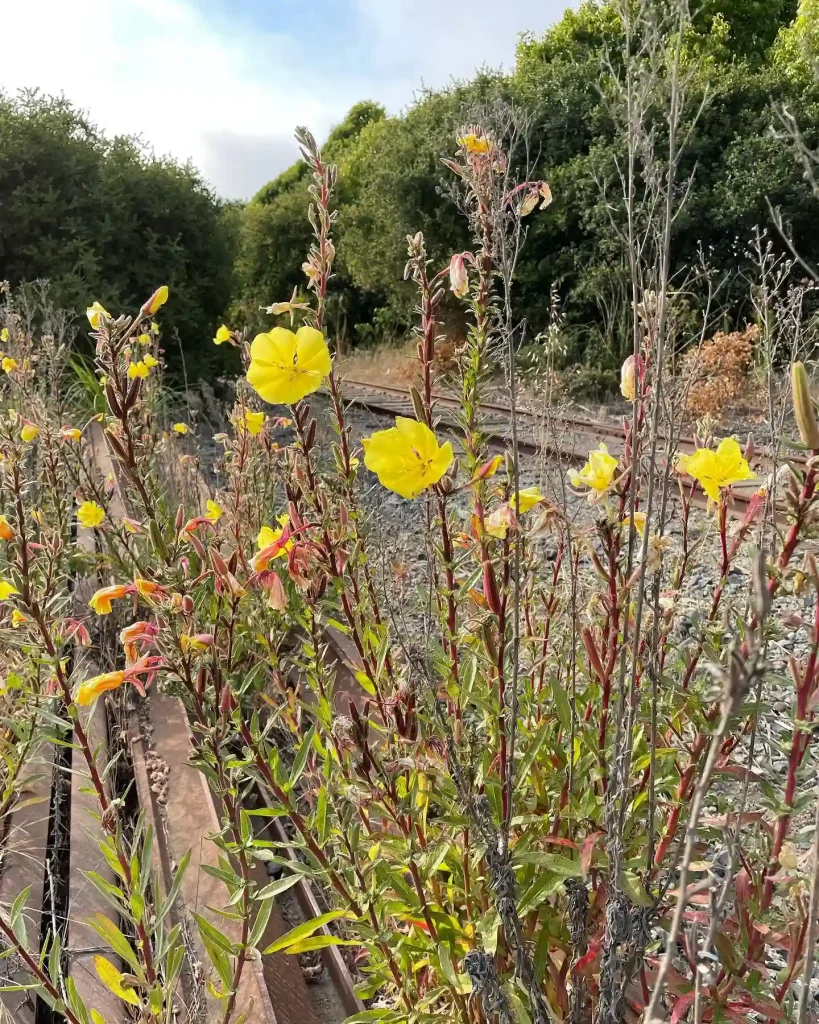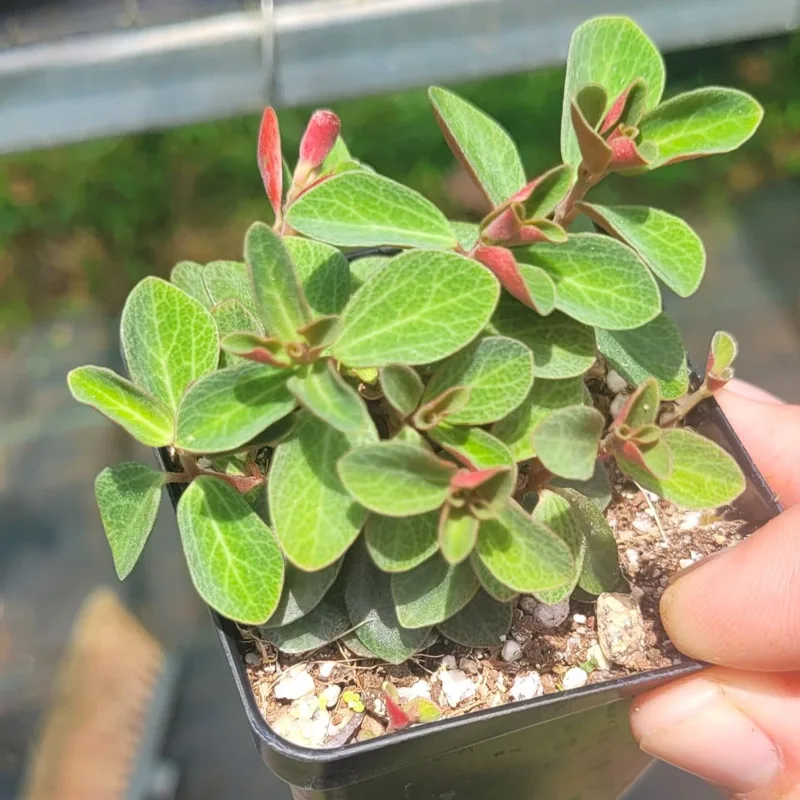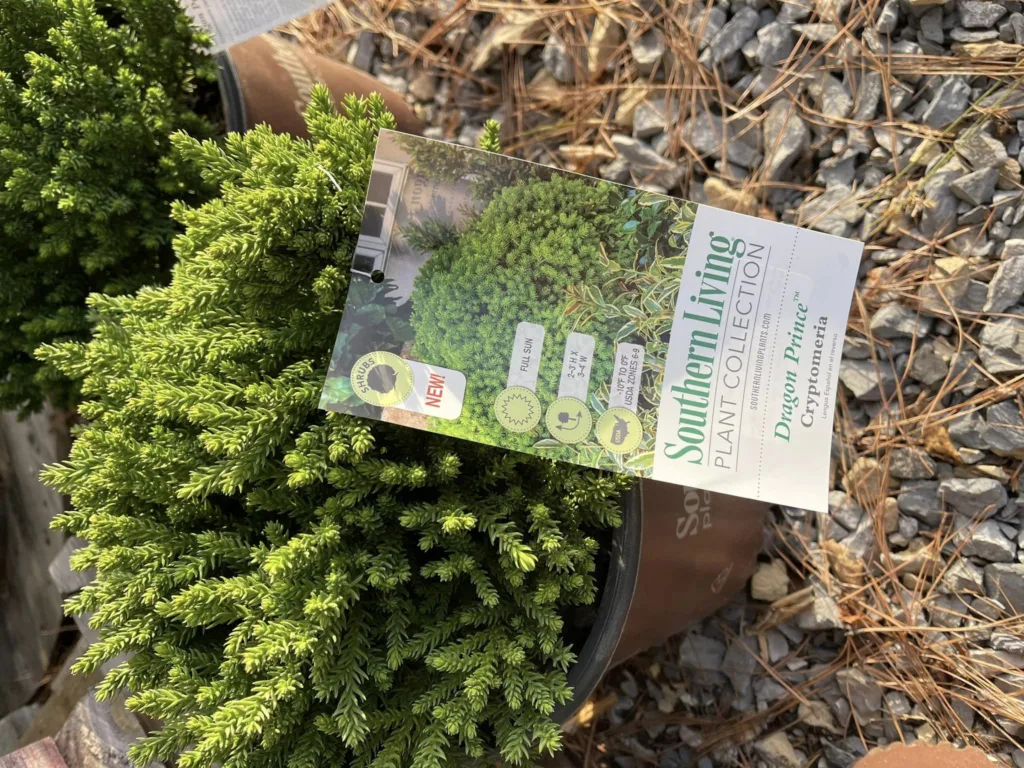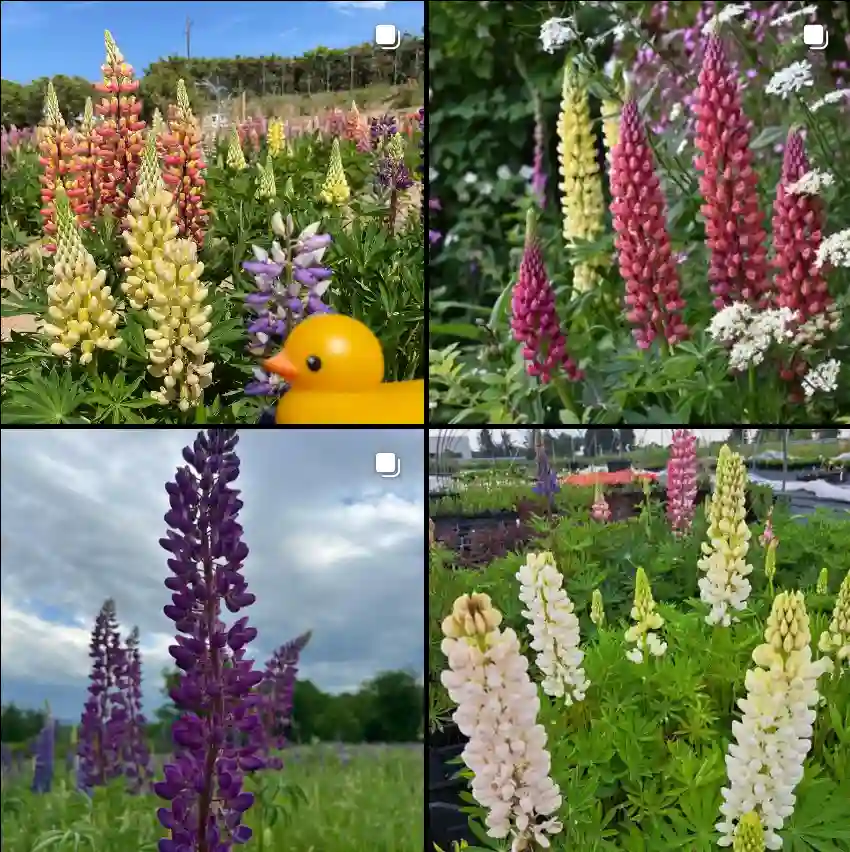
My Journey with the Fig Tree
When I think of timeless trees with profound historical and cultural significance, the fig tree, scientifically known as Ficus carica, immediately comes to mind. This ancient species has captivated me not only with its rich history but also its adaptability and resilience in various landscapes. Growing a fig tree has been a deeply rewarding experience, offering me fresh fruit, shade, and a connection to nature that feels almost sacred.
880 Species in Genus Ficus
The History and Significance of Ficus Carica
Native to the Mediterranean and parts of Western Asia, the fig tree has been cultivated for thousands of years. It holds a special place in many cultures and religions. From the Biblical references in Christianity to its role in Greek mythology, figs are intertwined with human history. Even today, this tree symbolizes abundance, prosperity, and sustenance.
As someone deeply passionate about plants, I found it fascinating that Ficus carica was one of the first plants cultivated by humans. Its ability to grow in rocky, arid soils and its low maintenance needs made it a perfect companion for early agricultural societies. When I decided to plant a fig tree in my garden, I knew I was continuing a legacy that stretches back to ancient times.
Choosing the Right Variety
The fig tree has countless cultivars, each with its unique flavor profile, growth habit, and climate preferences. After careful research and a bit of trial and error, I settled on a variety that suited my local climate and taste preferences. Brown Turkey, known for its hardiness and sweet fruit, became my go-to choice. However, I’ve also experimented with Black Mission and Kadota, both of which brought their unique charm to the table.
The Harvest: A Reward Worth the Wait
The first harvest from my fig tree felt like a personal victory. Fig fruits, with their unique teardrop shape and delicate skin, are unlike anything else. When fully ripe, they offer a sweet, honey-like flavor with a slightly chewy texture. I use them in everything from fresh salads to homemade preserves.
What’s incredible about figs is their versatility. Whether eaten fresh, dried, or cooked, they’re a powerhouse of nutrients, rich in dietary fiber, potassium, and calcium. They’ve become a staple in my kitchen, elevating both savory and sweet dishes.
A Connection to Nature
Beyond the practical benefits, growing a fig tree has deepened my connection to the natural world. Watching its growth cycle—from the emergence of leaves in spring to the fruit ripening in late summer—reminds me of nature’s rhythms.
There’s something profoundly grounding about tending to a tree that’s been cultivated for millennia. It connects me to the earth, to history, and to the countless people who have nurtured fig trees before me.
FAQs
How to propagate a fig tree?
Propagating a fig tree is surprisingly satisfying! I’ve tried a few methods, and my favorite is definitely taking cuttings. Last fall, after the tree went dormant, I found some nice, healthy branches and cut them into sections about 8 inches long. Dipping the cut ends in rooting hormone really helps them along. Then, I poked them into pots filled with potting soil and kept them moist and warm. It took a while, and I thought maybe I’d messed up, but then the magic happened – tiny roots started poking out, followed by new leaves! There’s something special about watching a new tree come to life, especially when you’ve had a hand in the process.
When to prune a fig tree?
I always think pruning my fig tree is a bit of a gamble. I know it’s necessary for a good harvest, but I worry about accidentally cutting away those precious future figs. The best time seems to be late winter or early spring when the tree is dormant, and I can really see what I’m doing. That’s when I try to tackle any crowded or dead branches and thin it out to get a nice, open shape. There’s also some light pruning in summer, just pinching back new shoots to encourage more fruit. I’m still learning as I go, hoping to master the art of pruning for a bountiful fig harvest!
How much sun does a fig tree need?
Fig trees are real sun-worshippers – mine seems to really soak it up! It’s planted in the sunniest spot in my yard, and it gets a solid 7-8 hours of direct sunlight each day. I’ve noticed the biggest difference though, isn’t just the amount of sun, it’s the quality. When it gets that full-blast, summer afternoon light, the figs are so much sweeter and juicier. I’ve tried growing one in a shadier spot before, and it survived, but it didn’t produce nearly as much, and the fruit wasn’t as tasty. Honestly, if you want delicious figs, full sun is the way to go!
How often to water fig tree?
Watering my fig tree is a bit of a balancing act. It definitely likes a good drink, especially during the hot summer months when the fruit is developing. I generally aim to give it a deep soaking once or twice a week, making sure the water really penetrates down to the roots. Of course, I watch the weather too – if we’ve had a good rain, I’ll back off. The trick for me has been learning to judge the soil. I don’t want to let it completely dry out, but I’ve found figs really hate soggy conditions. Overwatering seems to be a bigger risk, especially in those early years.
How to protect fig tree in winter?
Where I live, the winters can be a bit unpredictable. We might have mild years, or we could get hit with some nasty cold snaps. Since figs aren’t the most cold-hardy, I tend to baby mine a bit when the temperatures start dropping. If it’s a young tree, I’ll wrap the trunk with burlap and build a little cage around it filled with leaves for insulation. For my bigger tree, I gather the branches in and wrap them for some protection. It’s a bit of work, but that little extra effort makes me feel more secure, especially when I see frost glistening on the grass in the morning.
How to transplant a fig tree?
Moving my fig tree was a whole ordeal! It wasn’t a huge tree, but those fig roots can be surprisingly tenacious. The best time I found to transplant was definitely late winter, when the tree was dormant. I dug a nice wide hole in its new, sunny spot – much bigger than I thought I needed at first. The key was to try and disturb the roots as little as possible. I carefully dug around the base, then gently coaxed the tree out, trying to keep the root ball intact. Let me tell you, that wasn’t easy! In its new home, I settled it in with some good compost mixed into the soil and watered it deeply. It took a while to recover, and I babied it with extra watering for a few weeks. Thankfully, it bounced back and seems happy in its new spot now. Whew!
Why is my fig tree leaves turning yellow?
Ugh, the dreaded yellow leaves! My fig gets them sometimes too, and it’s always a guessing game trying to figure out what’s wrong. Usually, I suspect I’m either underwatering or overwatering. Sticking my finger in the soil to check moisture seems to help. If it’s bone dry, I know I need to give it a good soak. But if it feels damp all the time, I might be overdoing it, and I need to lay off for a bit. Once, I think I went a little crazy with the fertilizer, and that seemed to make the leaves unhappy too. Maybe I’ll try taking a leaf sample down to the nursery to see if they can diagnose what’s ailing my tree this time.
How long for fig tree to bear fruit?
Fig trees definitely make you practice patience! I planted mine a few years ago, and it felt like forever before I saw those first little green nubs that would (fingers crossed!) become delicious figs. From what I’ve learned, a lot depends on the variety and how old the tree is when you plant it. Some types might give a few fruits sooner, but it usually takes three to five years before you can expect a good crop. I remember being so disappointed at first, but the anticipation made that first handful of perfectly ripe figs taste even sweeter!
Why is my fig tree losing leaves?
It’s always a bit disheartening to see my fig tree start dropping leaves. I worry something’s seriously wrong. Usually, the tree’s just reacting to a change. In the fall, it’s normal for it to lose leaves as it prepares for winter. But if it’s happening at other times of year, I look at things like watering. Underwatering and overwatering can both cause stress and lead to leaf drop. Once, I had a little scare when some tiny critters attacked the leaves. I didn’t realize how much damage those pests could do until I saw those fallen leaves! Thankfully, treating it with neem oil helped clear them right up.
When to fertilize a fig tree?
Fig trees can be pretty hungry, so I try to fertilize mine a few times during the growing season. Early spring, right when it’s waking up from winter, seems like a good time for a boost of nutrients to kick off new growth. I go for a balanced fertilizer at that point. Then, during the active summer months when there’s fruit developing, I’ll give it a couple of more light feedings. But, I’m cautious about fertilizing too much – sometimes that can create all that lush green growth, but not so many figs! I also try to hold off on fertilizing in the late fall so the tree isn’t encouraged to put out tender new shoots that the winter cold could damage.
What does a fig tree leaf look like?
Fig tree leaves are quite distinctive! They’re large, deeply lobed, and have a slightly rough texture. They remind me a bit of giant hands. They usually have between 3 and 5 lobes and have a lovely, fresh green color. One of my favorite things about the leaves is their fragrance – a kind of sweet, slightly coconutty smell that’s especially strong when they’re crushed.
What does fig tree symbolize?
Fig trees have such a rich history that they’ve picked up all sorts of interesting symbolism over the centuries. Here are a few that stand out to me:
Abundance and Prosperity: With their delicious and prolific fruit, fig trees have often represented abundance and a good harvest. The saying “sitting under your own vine and fig tree” was a way to express both security and well-being.
Fertility and Peace: In several traditions, the fig tree has ties to fertility and femininity. There’s a connection to the shape of the leaves and even the fruit itself. It’s also seen as a symbol of peace and tranquility.
Knowledge and Wisdom: The fig tree is referenced in various religious and mythical stories, often related to enlightenment or gaining deeper understanding.
It’s fascinating how something as simple as a tree can carry layers of meaning and be viewed through so many different lenses!
Are fig tree roots invasive?
Fig tree roots can definitely be a force to be reckoned with! While not every fig species is problematic, many have roots with a reputation for being aggressive and wide-spreading. They’re always seeking out water and nutrients and will happily push their way through cracks, under foundations, and into pipes if given the chance. I learned my lesson the hard way when I planted mine a bit too close to the house. Now I have to keep a watchful eye to make sure those roots stay where they belong! If you’re planting a fig, it’s best to consider root containment methods or choose a spot far from any underground structures.
Are fig tree leaves poisonous to dogs?
Unfortunately, yes, fig tree leaves (and other parts of the tree) contain a sap that is toxic to dogs. This sap has substances called ficins and psoralens which are irritants to a dog’s skin and digestive system. If your pup happens to nibble on fig leaves, they might experience drooling, vomiting, skin irritation, or even more serious reactions. It’s definitely a good idea to keep furry friends away from fig trees and avoid having them as houseplants if you have a dog at home.
Why You Should Grow a Fig Tree
If you’re considering adding a fig tree to your garden, I wholeheartedly encourage it. They’re hardy, beautiful, and offer more than just fruit—they bring history, culture, and a sense of fulfillment to any space. Whether you have a sprawling backyard or a small balcony, there’s likely a fig variety that will suit your needs.
In my journey with Ficus carica, I’ve learned that it’s more than just a plant. It’s a living connection to our shared heritage, a source of nourishment, and a reminder of nature’s resilience. For anyone seeking a plant that offers beauty, bounty, and history, the fig tree is a choice that will never disappoint.
Growing a fig tree has been one of the most rewarding gardening experiences of my life. I look forward to sharing more about my adventures with plants and hope this inspires you to start your own journey with the remarkable Ficus carica.
If i die, water my plants!



